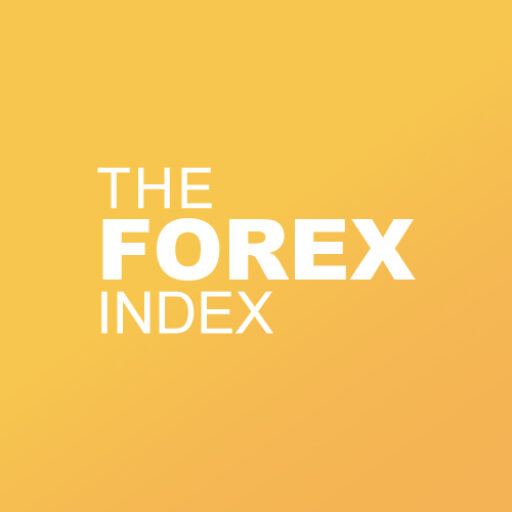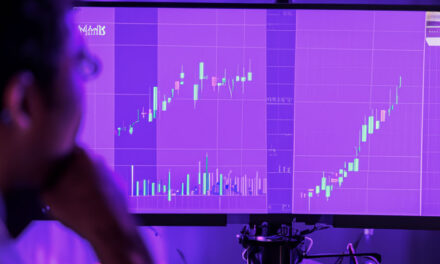MAM accounts, or Multi-Account Manager accounts, are integral components of today’s forex trading landscape. Their emergence has transformed how forex professionals approach multiple account management. Still, questions about their functionality remain. In this extended guide, we journey through the intricacies of MAM accounts, providing traders and investors with a comprehensive understanding.
1. What Are MAM Accounts?
A Multi-Account Manager (MAM) account provides forex professionals with a singular platform to handle multiple trading accounts. Designed to address the complexities of handling diverse client portfolios, these accounts have revolutionized money management in forex.
How They Work:
Each investor maintains an individual sub-account under the primary account operated by the manager. Trades executed in the primary account are mirrored across sub-accounts. Based on the amount each client has invested, profits and losses are proportionally distributed.
The Technical Behind-The-Scenes:
Typically, brokers provide MAM software that links the master account to individual client accounts. Each trade placed in the master account gets replicated in the client accounts based on pre-set parameters. These might include equity ratio, lots size, or custom risk profiles.
2. Benefits of Using a MAM Account
Efficiency Re-imagined:
Before MAM, managing numerous accounts individually was a daunting task, prone to errors. Now, with a single click, trades are instantly executed across multiple accounts.
Adaptable to Investor Needs:
MAM accounts cater to diverse investor portfolios. A broad range of capital sizes can be included under a single manager, democratizing the investment process.
Real-Time Oversight:
Investors can track performance live. This real-time transparency has bolstered trust in the forex trading process.
Custom Allocation Methods:
Whether it’s by equity percent, balance, or lot multiplier, MAM provides a wealth of options for distributing gains or losses.
3. Potential Risks and Considerations
The Manager Factor:
While MAM accounts simplify the process, they still hinge on one variable: the manager. A manager’s strategy and risk appetite play a decisive role in outcomes.
The Illusion of Passivity:
MAM accounts can sometimes create a sense of passivity among investors. A “set-and-forget” attitude can be detrimental if not periodically reviewed.
Hidden Fees and Terms:
While MAM accounts offer convenience, they often come with a complex fee structure. Understanding every detail is essential to ensure profitability.
4. How to Choose a Reliable MAM Account Manager
Experience Matters:
It’s not just about years in the industry but the nature of those years. Has the manager seen diverse market conditions? Have they managed downturns successfully?
Regular Reporting:
Opt for managers who believe in frequent, clear communication. Regular performance reports, market analyses, and strategy updates can make all the difference.
Seek Referrals and Testimonials:
Existing client feedback can be an invaluable resource. Always explore reviews and seek referrals to understand the real picture.
5. MAM vs. PAMM: A Comprehensive Comparison
Allocation Methods:
While PAMM bases distributions on total funds percentage, MAM provides a more varied approach, suitable for diverse investor needs.
Trade Sizes and Control:
MAM accounts often outshine PAMM when it comes to trade sizes and allocation controls, offering granular control to managers.
Understanding Software Differences:
Different brokers might offer either or both. Knowing the software’s nuances helps in making an informed choice.
In the dynamic world of forex trading, MAM accounts stand out as a beacon of efficiency, transparency, and adaptability. For investors and managers alike, they present opportunities like never before. Yet, as with any financial tool, the onus of due diligence lies with the user. When used judiciously, MAM accounts can be the cornerstone of a robust forex trading strategy.






